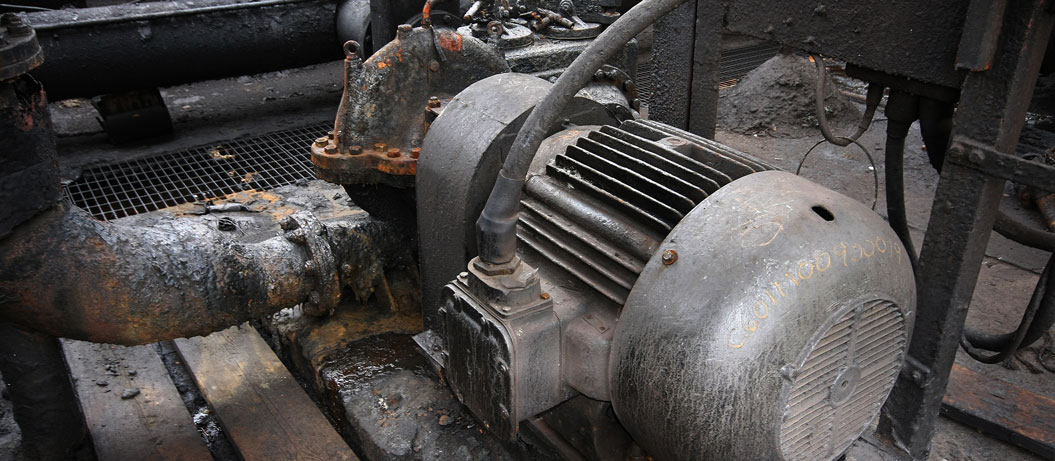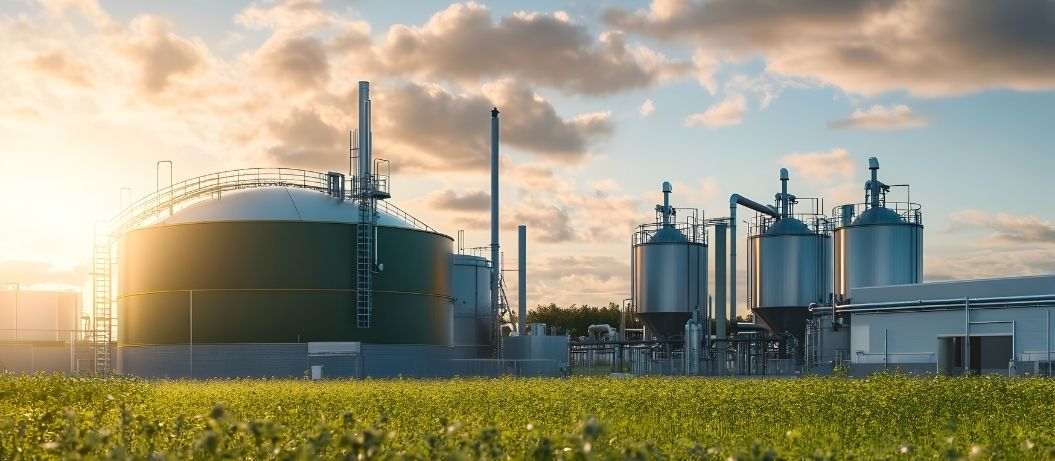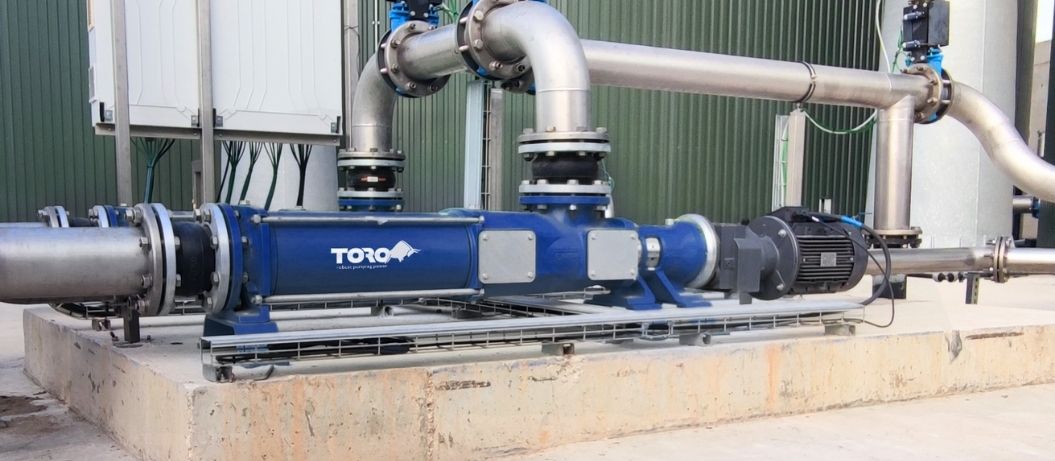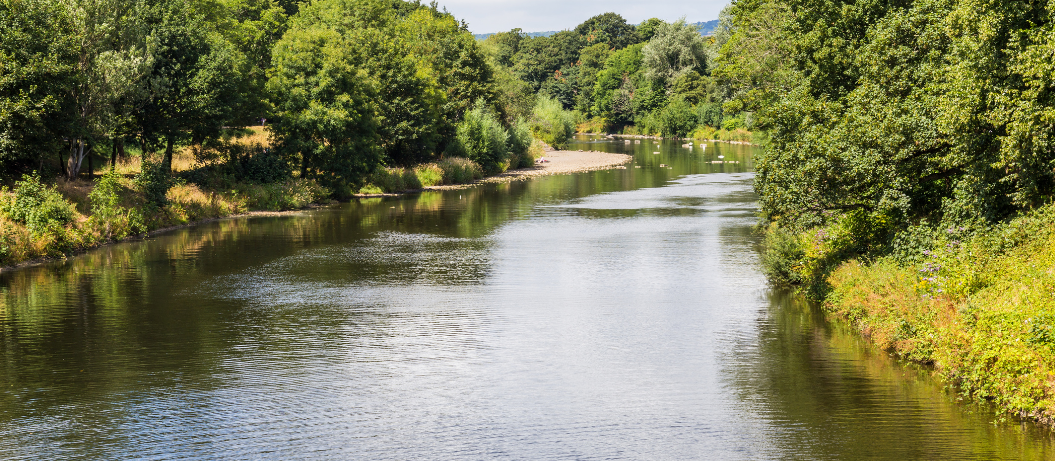Water pumps are essential assets for water treatment companies, factories and processing plants, but like any equipment, they can fail. If this happens unexpectedly, it can cause downtime, increased costs, and significant disruption for your operation and your customers. Being aware of the ways that water pumps fail and recognising the early warning signs can save your facilities management and engineers time and money, and provide a smarter way of planning your maintenance resources. In this article, we outline the main causes of water pump failures, with the key indicators to look for to avoid breakdowns.
What is ‘water pump failure’?
A water pump failure occurs when a pump ceases to function, often abruptly, or fails to start. Early detection of failure is crucial, as seemingly small problems, such as worn seals or impellers, can quickly escalate into a full shutdown if left unchecked. Frequent monitoring and understanding how your pump normally operates can help you identify the first signs of a failing water pump.
So, what are the most common causes of water pump failure?
Water pump failures can stem from several causes, often grouped into three main categories: mechanical, electrical, and fluid-related problems. Let’s look at each of these risk categories in more detail.
Cause one: mechanical issues
- Worn components: Bearings, seals, and impellers are subject to gradual wear with regular use. Worn bearings can produce excess vibration and noise, while seal damage commonly leads to water leaks, allowing fluid to escape or contaminants to enter. Impeller wear reduces the pump’s ability to move water efficiently, lowering pressure and output.
- Misalignment: When pumps and motors aren’t properly aligned during installation or after maintenance, the resulting stress can cause premature failure of rotating elements, leading to unbalanced forces and accelerated bearing and coupling wear.
- Vibration and imbalance: Imbalanced rotating parts or loosened supports generate vibration, which can crack pump housings, loosen bolts, and further degrade internal components. Persistent vibration is a leading cause of untimely mechanical breakdowns.
Cause two: electrical issues
- Motor problems: A failing motor, whether due to winding insulation breakdown, worn brushes, or thermal overload, will prevent the pump from operating reliably. Overheating motors may be the result of excessive load or blocked cooling passages, and can quickly cause a full stop.
- Power supply faults: voltage irregularities, such as frequent surges, brownouts, or phase loss, strain electrical components. These issues can cause motor overheating, blown fuses, or complete pump shutdown due to tripped protection devices.
- Control system failures: if relays, sensors, or motor starters malfunction, the pump may turn on or off unexpectedly or fail to start altogether. Faulty control panels can prevent safety interlocks from activating, potentially putting the pump at risk of further damage.
Cause three: fluid-related issues
- Cavitation: Cavitation occurs when the pressure in the pump drops below the liquid’s vapour pressure, creating vapour bubbles that implode against metal surfaces. This process erodes impellers and casing surfaces, leading to pitting, efficiency loss, and—if unchecked—catastrophic damage.
- Blockages: debris, sludge, or scale build-up within the pump or suction lines can partially or fully obstruct flow. Blockages increase pressure inside the pump and can repeatedly trip protection devices, overheat motors, and cause rapid internal wear.
- Air entrapment: air leaking into suction lines, often through faulty gaskets or poor connections, disrupts the pump’s pressure balance. This results in erratic flow, pressure drops, and, over time, can cause dry running, overheating, and internal scoring.
What are the early signs of a water pump failing?
Recognising the early warning signs can help you to avoid major breakdowns. Red flags include:
- Unusual noises: grinding or squealing sounds can signal worn parts and an impending risk of failure
- Water leaks: visible leaks around seals or housing can point to seal failure
- Overheating: If the pump casing or motor is running hot, it can indicate excess friction or electrical problems
- Pressure fluctuations: inconsistent output can indicate internal wear or blockages
- Reduced flow rate: An unexpected drop in flow rate usually indicates a blockage, but can also be caused by impeller damage or air trapped in the system.
Maintenance Tips: To ensure your water pump doesn’t fail when you need it most, consider doing the following:
- Conduct regular inspections (check for wear, tear, leaks, unusual sounds, etc.)
- Ensure your pump is correctly installed, aligned and that the mounting is secure to avoid causing unnecessary stress
- Use quality parts if you need to replace components of your pump
- Take care to match your duty to a suitable, high-quality pump to ensure you are paying for a pump with an extended life span and low operating cost.
- Run the pump speed at a suitable rate for the fluid properties and design parameters. Reducing the speed can extend wear life in some circumstances, but can cause other issues such as cavitation, reduced head or flow, and pipeline blockages.
Proactive maintenance and early intervention are the key to extending the performance and longevity of your pump and to minimising disruptions to your operation. For guidance on pump maintenance tailored to your site, please contact the team at Atlantic Pumps today.
Read how Viridor slashed ongoing maintenance costs and spare part replacement needs in this case study.
We also take a sustainable approach to our work and are committed to reducing energy waste from pumps. Our expert knowledge allows us to reduce energy usage by 20% on the average site!
Call us today on 0808 196 5108 for more information.
 October 2 2025
October 2 2025 5 min read
5 min read


